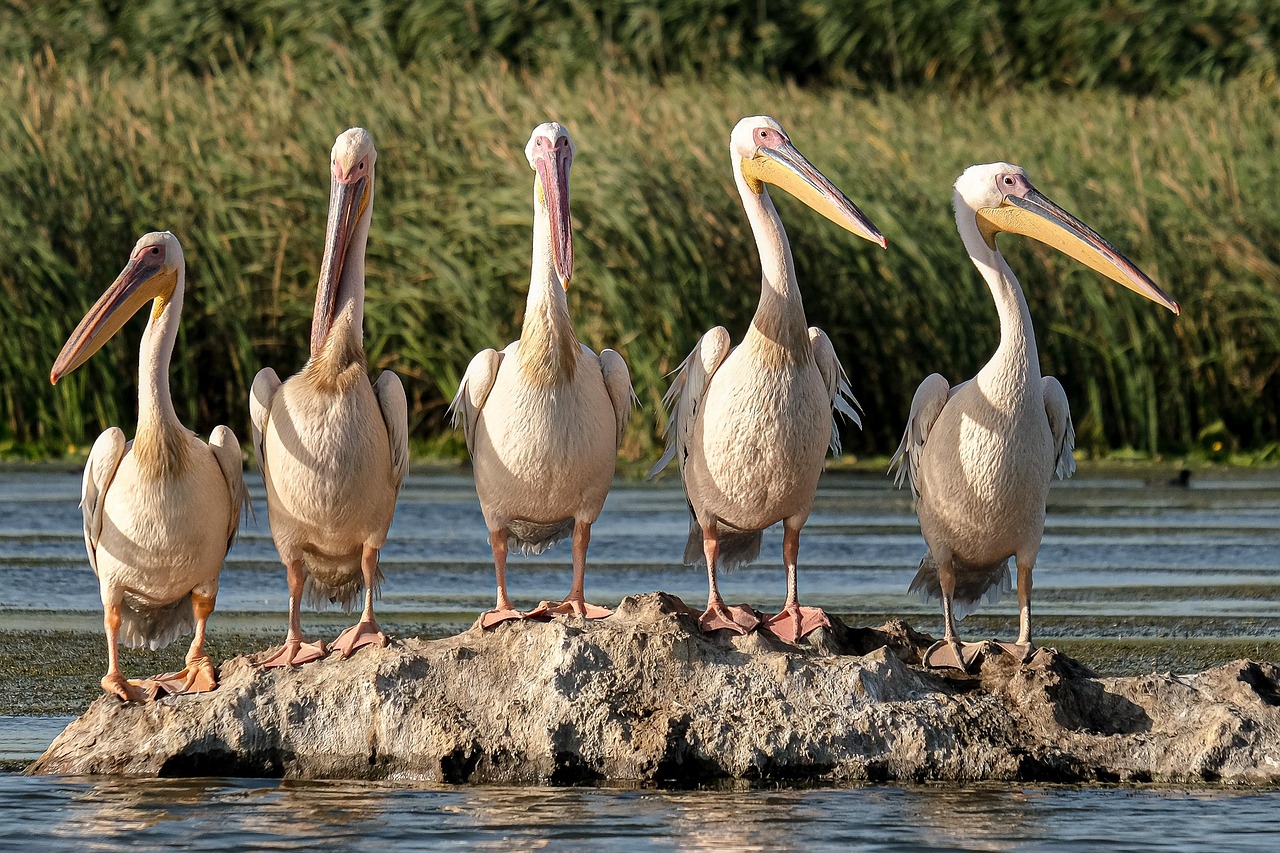
A gaggle of geese basking. Image by Andrei Prodan from Pixabay
Cliff Abenaitwe, April 14, 2024
A one-size-fits-all approach to engaging the public on biodiversity conservation is failing, a new study published in the journal Conservation Biology reveals. The study report, titled "Barriers to public engagement with biodiversity conservation," argues that understanding psychological, social, and structural barriers is critical to motivating audiences to act.
Addressing biodiversity loss requires public engagement and action, including changes to individual consumption habits, support for on-the-ground conservation actions, and advocacy for government action and policy change. The study is, among others, premised on the fact that conservation organisations are increasingly focused on encouraging pro-biodiversity attitudes and behaviours through interventions, such as education programs and marketing campaigns. However, motivating public audiences to change behaviour or become more active participants in conservation remains a challenge.
This study by Emily A. Gregg from the School of Global, Urban, and Social Studies at RMIT University in Australia and others identifies five key barriers that prevent people from engaging with conservation efforts. The barriers are Lack of knowledge, misaligned values, low self-efficacy, low personal and social relevance and limiting structural context.
The study notes that “although barriers to engagement present a challenge to conservation professionals, they also provide an opportunity to plan, design, and test new interventions to improve public engagement with biodiversity and ultimately work toward long-term success for conservation.’’
According to the researchers, the is a need to move beyond traditional knowledge-deficit approaches, which assume people will act if they simply have enough information. “Instead, conservation organisations should adopt strategic communication approaches that are specifically tailored to the unique barriers faced by different audience types,” the study, among others, recommends.

A group of Maasai men in Tanzania sitting under a tree during a drought. Photo from Pixabay
Segmenting the Public for Better Communication
The researchers applied the "situational theory of problem solving" to create a new way of segmenting the public into four distinct groups based on their level of engagement with a conservation issue. This segmentation allows conservationists to choose the most effective communication approach for each audience. The four groups are Non-publics, Latent publics, Aware publics and active publics.
Understanding each audience is key to determining communication strategies for each group and its barriers. For example, to address a lack of knowledge in a latent public, the study recommends "raise awareness" through education programs or trusted messengers, while for an aware public, the focus ought to shift to "providing clear actions they can take."
Understanding the barriers and audience types, conservation professionals can develop more effective and targeted interventions. “This strategic approach is a key to supporting biodiversity conservation and fostering positive social change,” the researchers conclude.
